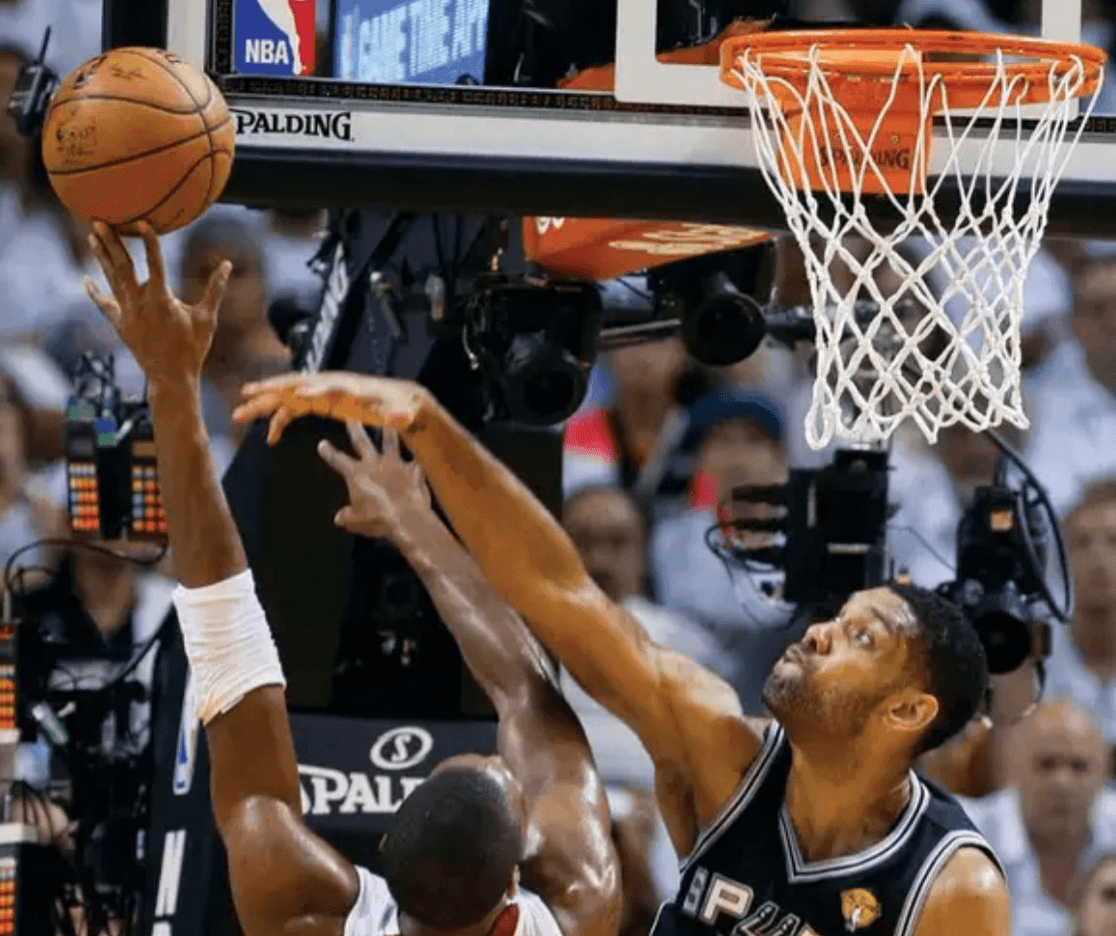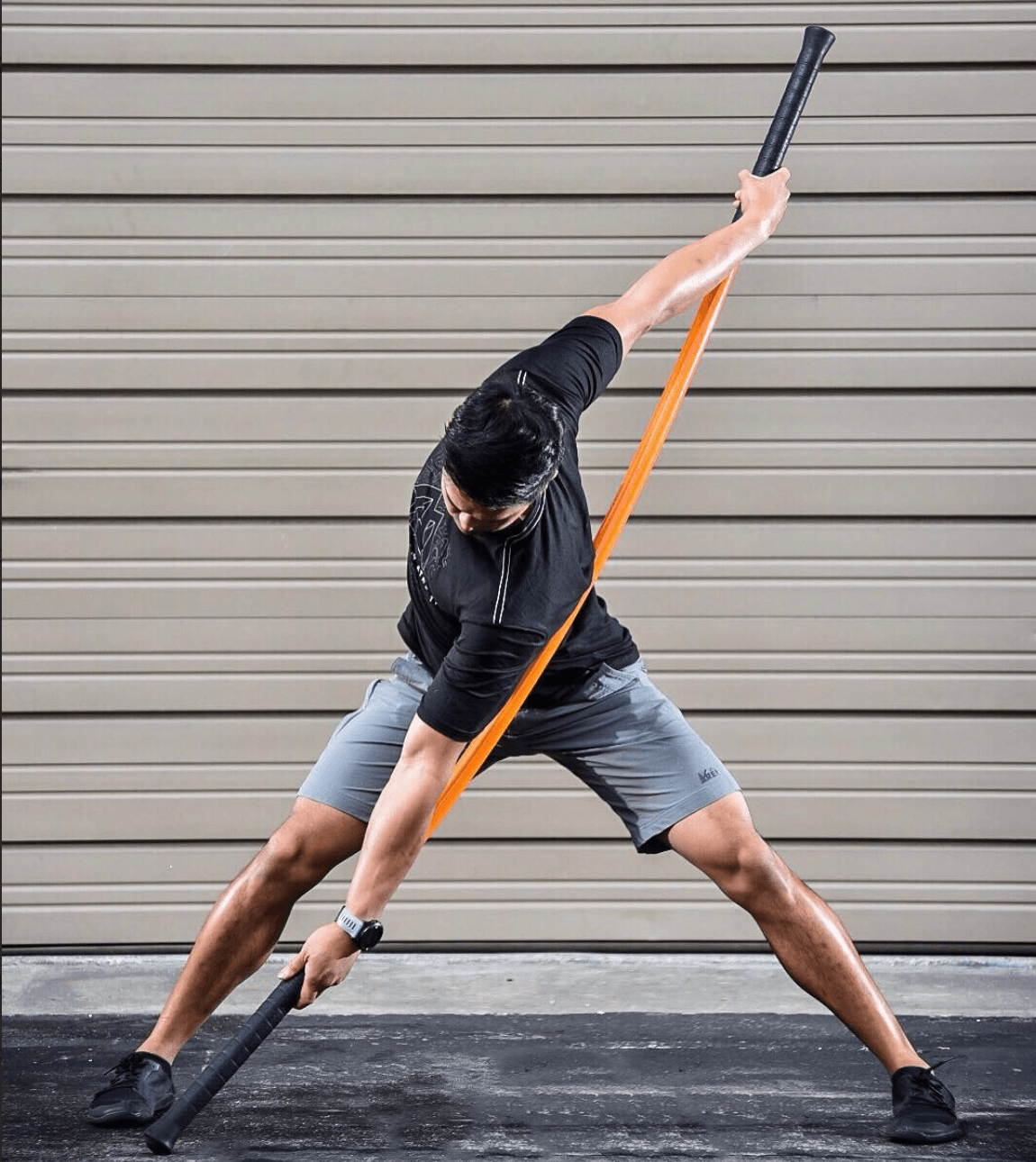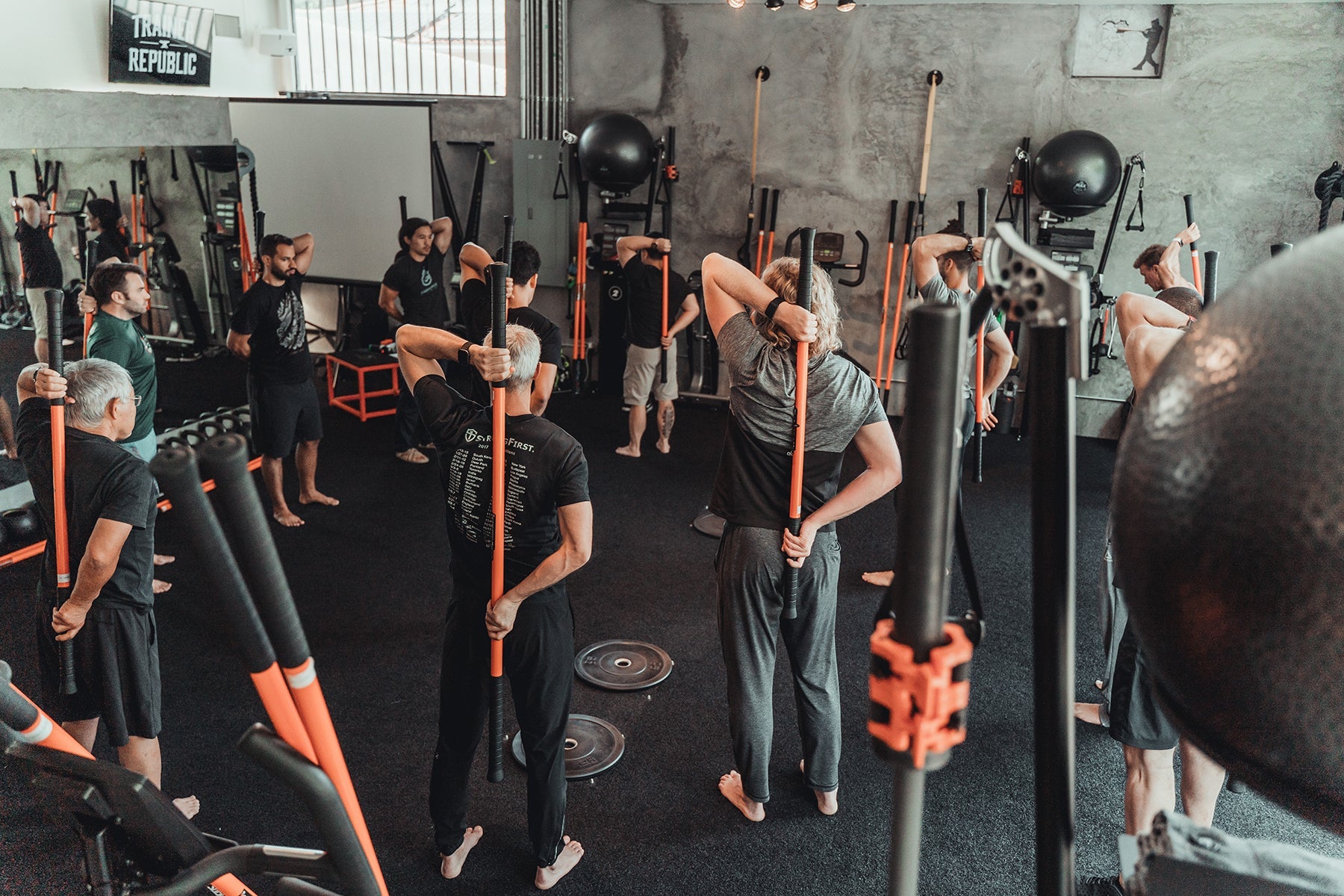June has arrived, bringing along the highly anticipated NBA and NHL Finals. These championships are the culmination of the hard work and perseverance displayed by these exceptional athletes throughout 82 regular season games and three rounds of playoffs. As Highlander antagonist, Kurgan famously stated, "There can be only one".
However, the toll of such a grueling schedule, including numerous games, practices, and training sessions, affects each athlete differently. The physical demands placed on basketball and hockey players vary significantly. Factors such as injury history, genetics, physical dimensions, movement history, and tissue quality contribute to the wear and tear experienced by individual athletes. In recent years, the significance of recovery has gained more attention and has had a profound impact on how performance staff develop training programs for their athletes.
Understanding the Impact: Varied Physical Demands on Basketball and Hockey Players
The physical demands placed on basketball and hockey players differ significantly due to factors such as injury history, genetics, physical dimensions, movement history, and tissue quality. Basketball players, with their long levers and heightened vertical demands, face challenges that shorter individuals may never encounter. The impacts from landing and the force of quick changes in direction can be brutal. On the other hand, hockey players endure a more physical beating throughout their season, with impacts that can reach speeds of over 30 mph. These constant demands take a massive toll on their lower extremities over the long haul. In recent years, the significance of recovery has gained more attention and has had a profound impact on how performance staff develop training programs for their athletes.
Prioritizing Recovery: A Game-Changing Shift for Athletes
Younger athletes often overlook the importance of recovery, driven by a prevailing culture that glorifies pushing oneself until collapse. However, a shift occurs as athletes enter their late 20s or early 30s when the accumulated effects of physical strain start manifesting as aches and pains. Elite athletes have already reached their physical peak and cannot necessarily become faster or stronger. Therefore, recovery becomes critical to maintain healthy joints, tissues, and overall well-being. Embracing the mantra "availability is the best ability," athletes and trainers recognize that injuries can sideline even the most talented players. By adopting a mindset that emphasizes long-term performance and investing in recovery practices, athletes can extend their careers, earn more, and potentially add championship titles to their achievements.
Unlocking Longevity: Maintaining Healthy Joints and Tissues
To achieve longevity in their respective sports, athletes must prioritize the health and resilience of their joints and tissues. By understanding their individual deficiencies and areas requiring improvement, they can develop training programs that address these specific needs. Incorporating isometric holds at various joint angles and body positions can establish a stronger foundation and enhance intrinsic strength. Additionally, targeted training methods, such as the unconventional approaches employed by exceptional athletes like Victor Wembanyama, can ensure not only immediate performance but also long-term career sustainability. His warm-up routine includes barefoot toe crawls and other non-traditional training methods, indicating that he and his training team prioritize not only his immediate performance but also his long-term career. Their primary goal is to keep him healthy and on the court. Taking care of joints and tissues through proper recovery and training techniques will allow athletes to maintain their competitive edge.
Enhancing Performance: Building Intrinsic Strength and Resilience
While strength and resilience are crucial for athletes, it is equally important to focus on developing intrinsic strength. Loaded movements that enhance overall strength and resilience should be complemented with exercises that improve stability, mobility, and body awareness. By incorporating exercises like isometric stretching, athletes can increase their active range of motion, reduce the risk of injuries, and optimize their performance. Maintaining flexibility and mobility in unconventional positions is especially beneficial for athletes competing in dynamic and physically demanding sports like basketball and hockey. Building a strong foundation of intrinsic strength and functional movement patterns allows athletes to adapt to the demands of their respective sports, enhancing their performance and longevity.
Hockey's Physical Demands: Recovery Strategies for Endurance and Agility
Hockey players face unique challenges due to the intense physicality of the sport. The combination of rapid acceleration, sudden stops, and directional changes puts immense strain on their bodies, particularly their lower extremities. Prioritizing recovery becomes increasingly crucial as players age, especially in areas such as the hips, thoracic spine, and shoulders. Targeted training programs that address these specific areas can significantly contribute to a player's longevity and overall performance. Furthermore, addressing potential issues arising from stiff boots and the locking of ankles and feet can help prevent knee injuries and promote optimal performance. By understanding and actively managing the physical demands specific to hockey, players can enhance their endurance, agility, and resilience, giving them a competitive edge.
Personal Journey: Maintaining Performance Levels and Durability
I personally started playing ice hockey again at the age of 40 and I’m still going strong at 51. Although I am far from being an elite-level player, both my teammates and I face significant demands relative to our daily lifestyles and physical abilities. Over the past 11 years, I have witnessed many of my teammates gradually slow down and deal with a growing number of issues, while I have managed to maintain my performance levels. While I have encountered a handful of contact injuries during this time, none have kept me on the sidelines for extended periods or made me consider giving up the sport. I attribute this durability to my training approach and my ability to shift my mindset in my early 30s, transitioning from short-term aesthetic and strength goals to a focus on long-term performance.
Training for Sport and Life: Regulating Approach and Emphasizing Recovery
To maximize performance and longevity, athletes must adopt a well-regulated training approach that balances intensity, volume, and recovery. Recognizing the importance of recovery work and incorporating it into training routines is crucial for maintaining optimal performance levels. Practices such as isometric stretching, active range of motion exercises, and targeted mobility work should become integral parts of an athlete's training regimen. Additionally, incorporating unconventional training methods, like Stick Mobility exercises, can yield significant benefits in terms of overall mobility, flexibility, and resilience. By emphasizing recovery, addressing individual needs, and maintaining a long-term performance mindset, athletes can optimize their training for both their sports and their overall quality of life.
Regulating my training approach and placing a strong emphasis on recovery work have been crucial to my continued competitive activities. Incorporating practices such as isometric stretching and consistently working on increasing and maintaining an active range of motion has played a crucial role in keeping my body healthy. Developing strength in unconventional positions has proven to be instrumental in enhancing my longevity on the ice. One aspect of my training routine that I cannot do without is daily Stick Mobility work, even if it's just dedicating 10-15 minutes per day to this practice. The benefits I have derived from this routine in terms of overall mobility, flexibility, and resilience have been undeniable.
Conclusion
For both elite and recreational athletes, maximizing performance and longevity becomes critical. By understanding the unique physical demands, prioritizing recovery, and implementing targeted training strategies, athletes can reach their peak potential and prolong their careers. My personal journey in ice hockey has taught me the value of these principles, reinforcing the importance of maintaining a long-term performance mindset and consistently investing in recovery and training practices that support overall well-being on and off the ice. So, embrace these principles, invest in your training and recovery, and strive for long-term success.

